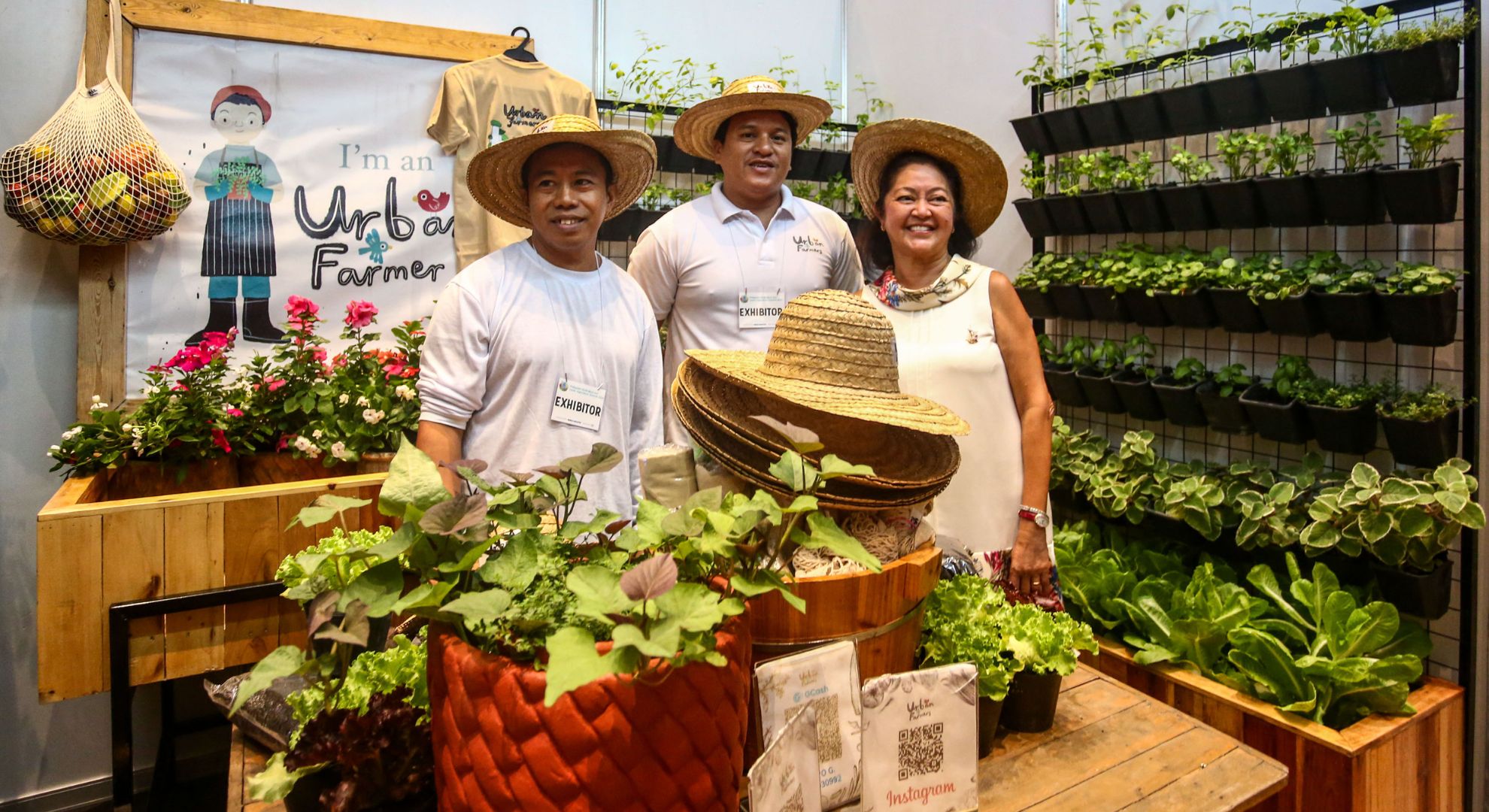Nearly 800 plant breeders, growers, sellers, and government policymakers convened at the newly opened Space at One Ayala Mall in Makati from May 3 to 5, 2024, for the inaugural Philippine Horticulture and Urban Agriculture Summit, which marks the flowering of the country’s horticulture sector.
Supported by none other than First Lady Louise Araneta-Marcos, who graced the opening ceremonies, and various agencies under the Department of Agriculture dealing with plant cultivation and trade, the event provided a platform for the horticulture sector to address crucial issues hindering its growth.
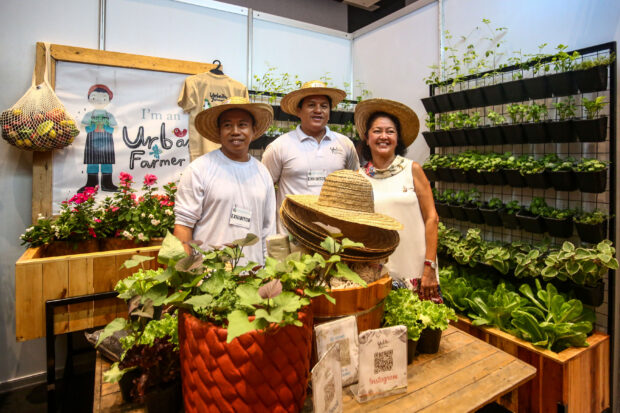
Agriculture Secretary Francisco Tiu Laurel, in his keynote speech, emphasized the pivotal role of the horticulture and urban agriculture sector in the country’s diversification and its potential as a major export opportunity.
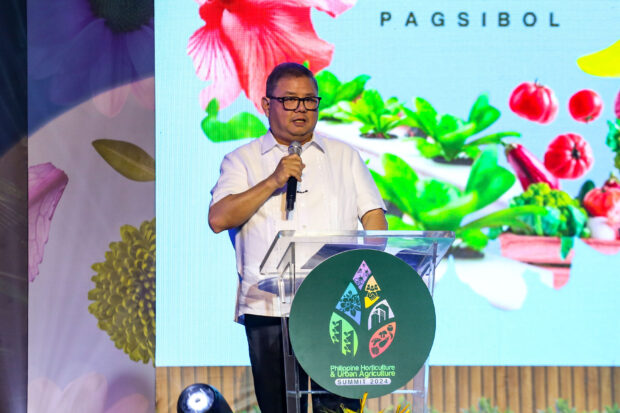
“Horticulture, with its focus on cultivating high-value crops and ornamentals, offers a pathway to diversity. Our agricultural landscape is currently limited, but with this, we will definitely diversify and meet the evolving demands of domestic and international markets,” he stated.
Potential for Ornamentals
The breeding and cultivation of ornamental plants constitute a fast-growing industry in the Philippines with vast potential. Mike Rimland, vice president of Costa Farms in Miami, Florida, highlighted that the ornamental plant business is a multi-billion-dollar industry that is even bigger than growing coffee or tea. He said the Philippines, with its diversity of plants, could serve as a source of various plant species in high demand in the Western world.
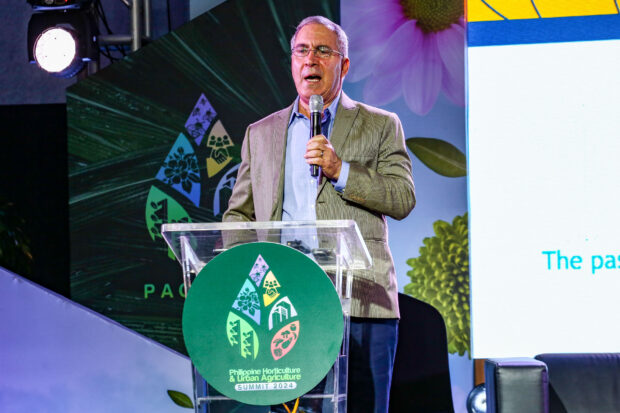
Dr. Teresita Amore, a breeder of orchids and anthurium from the University of Hawaii, affirmed that Filipinos possess the talent and capacity to breed new varieties that could become the next big thing in horticulture.
“The market is always seeking something new, something thrilling. And this could be any of the plants we have here in the Philippines,” she remarked.
Conservation by Cultivation
Dr. Surawit Wannakrairoj, an expert in plant hybridization from Thailand, meanwhile, urged the Philippine government, especially the Department of Environment and Natural Resources, to allow “conservation by cultivation” or the protection of wild plants through responsible propagation.
“You will never know if a natural disaster such as a volcanic eruption or a forest fire could wipe out all these wild plant species. For example, the orchid Vanda Luzonica was destroyed by the Mount Pinatubo eruption. Fortunately, I have saved some of it and brought here tissue samples for local growers to cultivate,” he said.
From Pandemic to Plantdemic
The COVID-19 pandemic unexpectedly benefitted the Philippine horticulture and urban agriculture sector. With Filipinos spending more time at home, cultivating plants became a popular pastime, leading to increased plant purchases.
Boyet Ganigan of Arids and Aroids noted that the hobby market transformed the pandemic into a “plantdemic,” bolstering the plant-growing business in areas such as Guiguinto in Bulacan, Bay in Laguna, and Silang in Cavite.
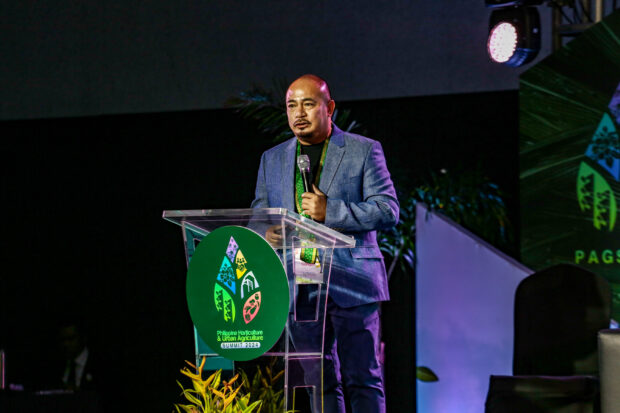
From this “plantdemic” emerged the trend of garden tourism, with destinations like Perlas ng Silang in Cavite and Bukid Amara in Lucban, Quezon, becoming instant favorites among plant enthusiasts.
Growing Market in Landscaping
Another aspect of horticulture highlighted in Pagsibol 2024 was landscaping, with speakers from the country’s major real estate developers underscoring the substantial demand for plants and trees.
Noreen Lizano, Landscape Manager of Ayala Land Premier, and Norina Ocampo, Landscape Division Head of the Villar Group of Companies, expressed their perpetual search for suppliers of quality plants and trees for their real estate projects.
“We are collaborating with communities who are now growing for us,” stated Lizano.
Ocampo, on the other hand, mentioned that apart from suppliers, the Villar Group is establishing its own nurseries and aiming to cultivate millions of trees and plants for both outdoor and indoor use. She emphasized the necessity for a quality standard for planting materials, which the industry can develop.
The Rise of Urban Farming
On its third day, Pagsibol 2024 focused on the growing trend of urban farming.
Louie Gutierrez of Urban Farmers Ph observed that an increasing number of Filipinos have recognized the importance of growing their own food right where they reside, leading to the establishment of community farms throughout Metro Manila.
Bureau of Plant Industry Director Glenn Panganiban remarked that these developments are evidence that horticulture and urban agriculture in the country are no longer just aspirations.

“We used to merely talk about it. But now it’s happening. Sumisibol na! (it’s now blooming). With this summit, we hope to foster a spirit of cooperation among the various sectors so we can continue to cultivate this industry and ensure food security for our people,” he concluded.
Pagsibol 2024 was co-organized by the Department of Agriculture-Bureau of Plant Industry (DA-BPI), Bukid Amara, Manila Bulletin, the High-Value Crops Development Program, the National Urban and Peri-Urban Agriculture Program, and the Agricultural Training Institute.
This article is brought to you by Horticulture.
ADVT.

